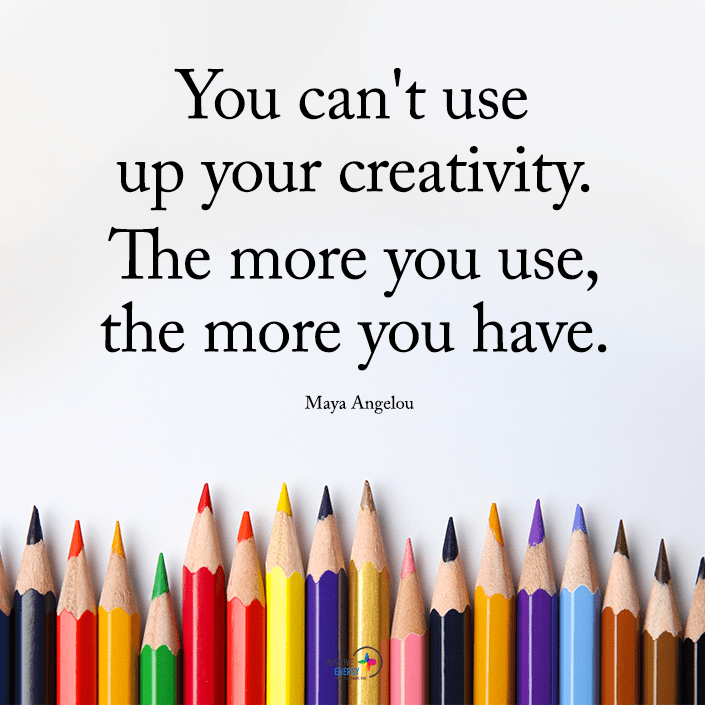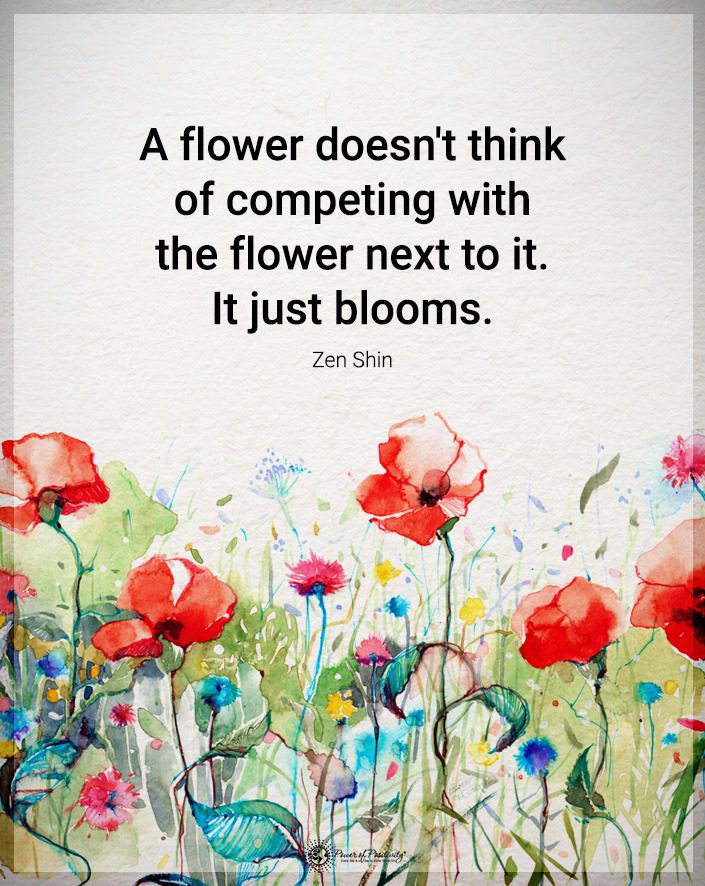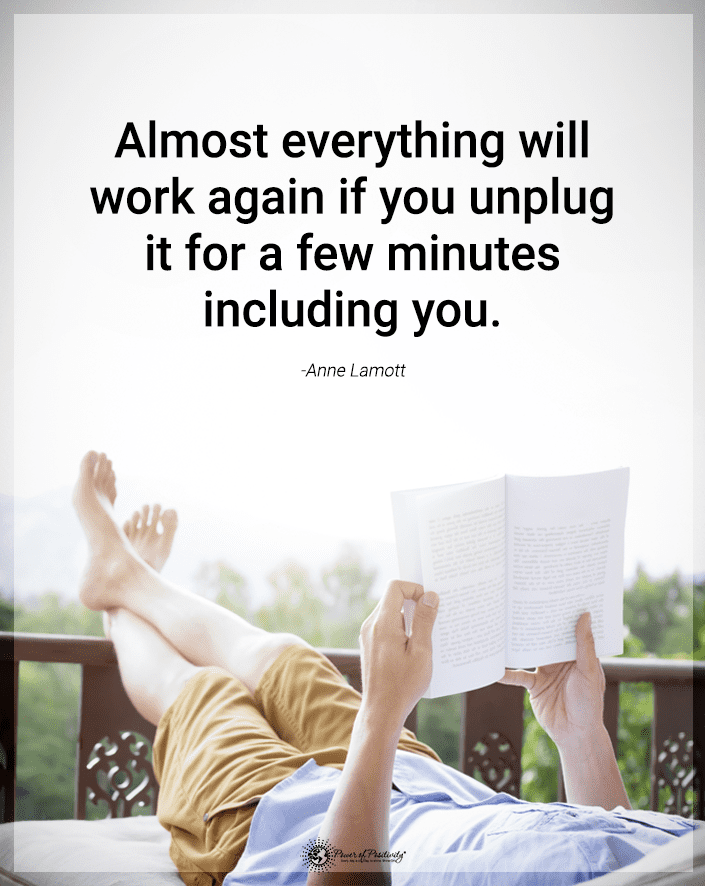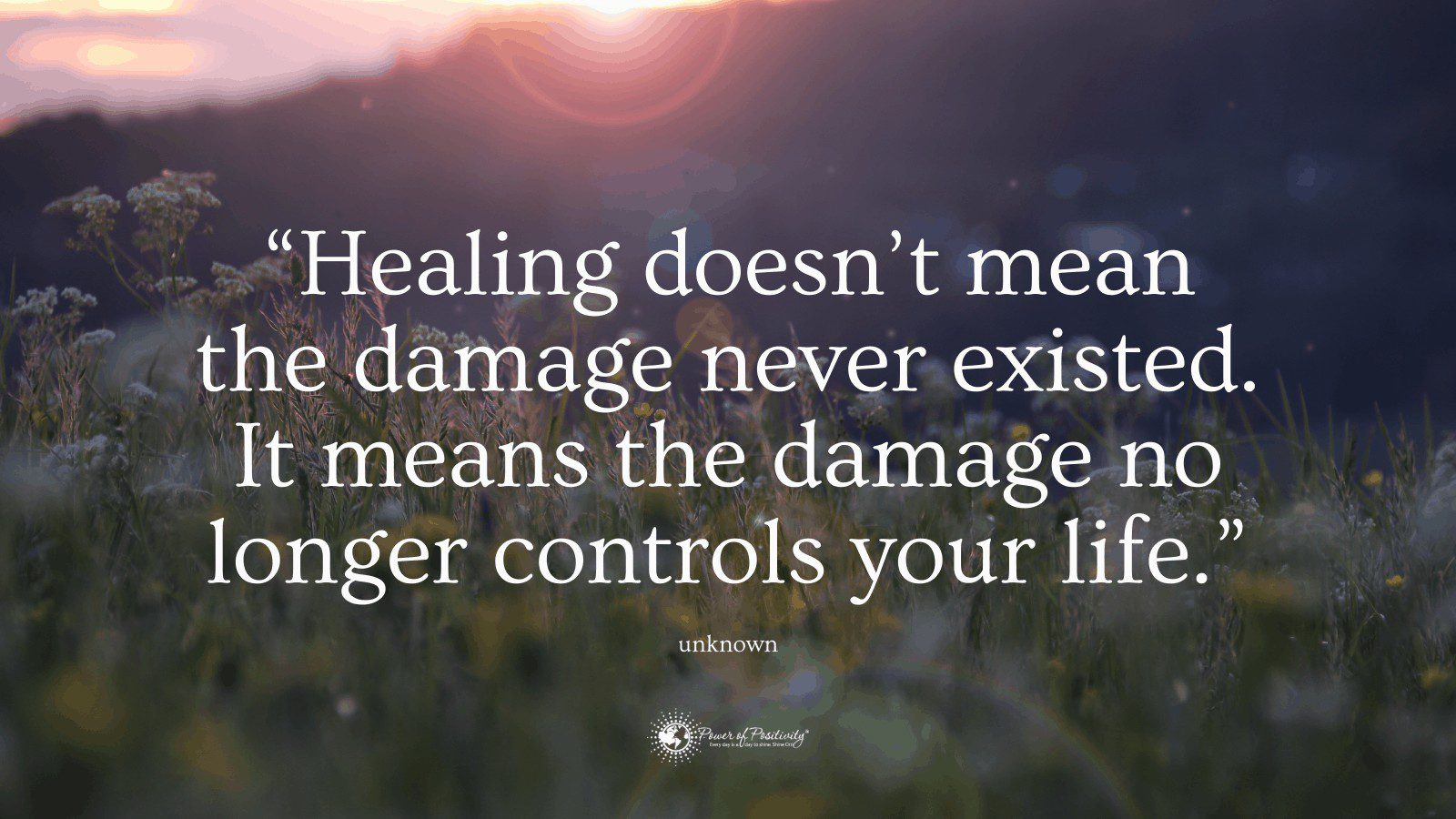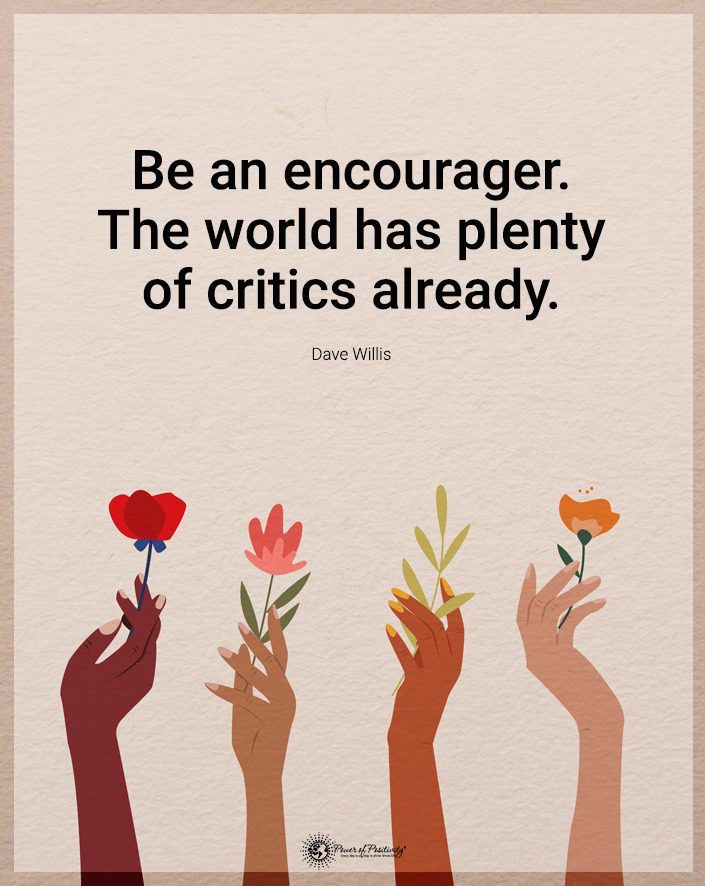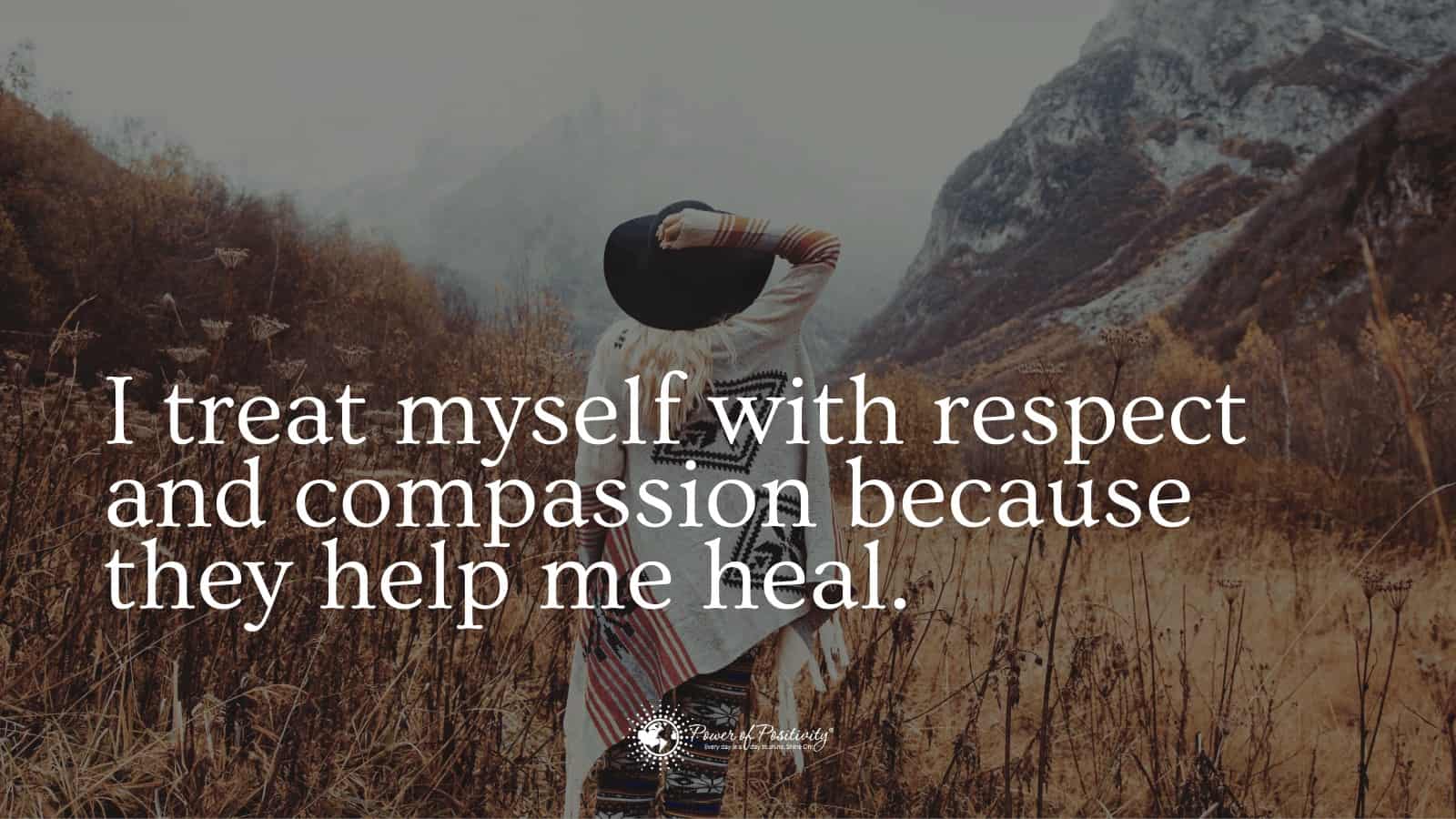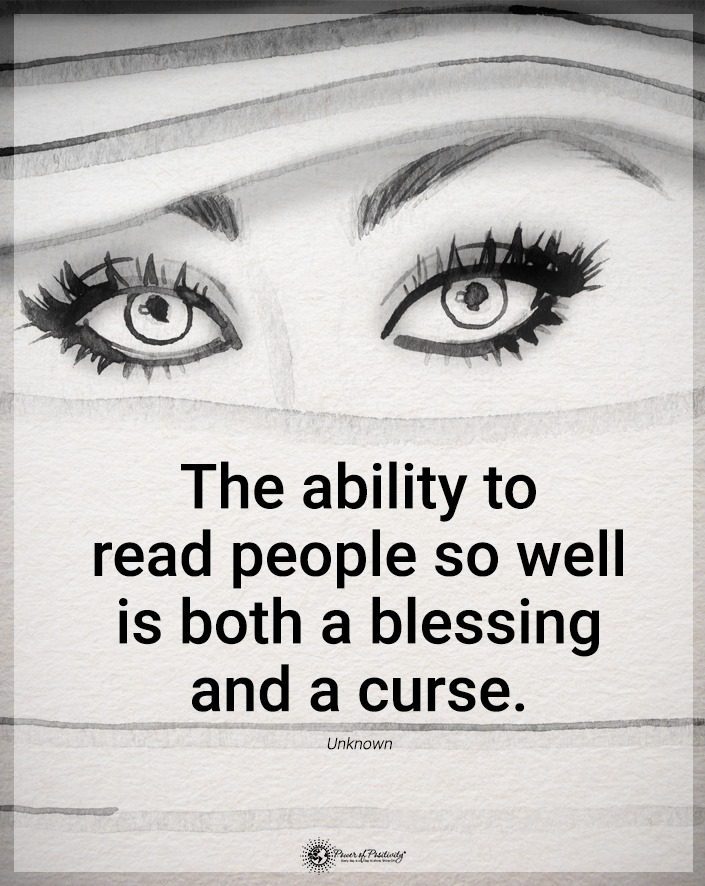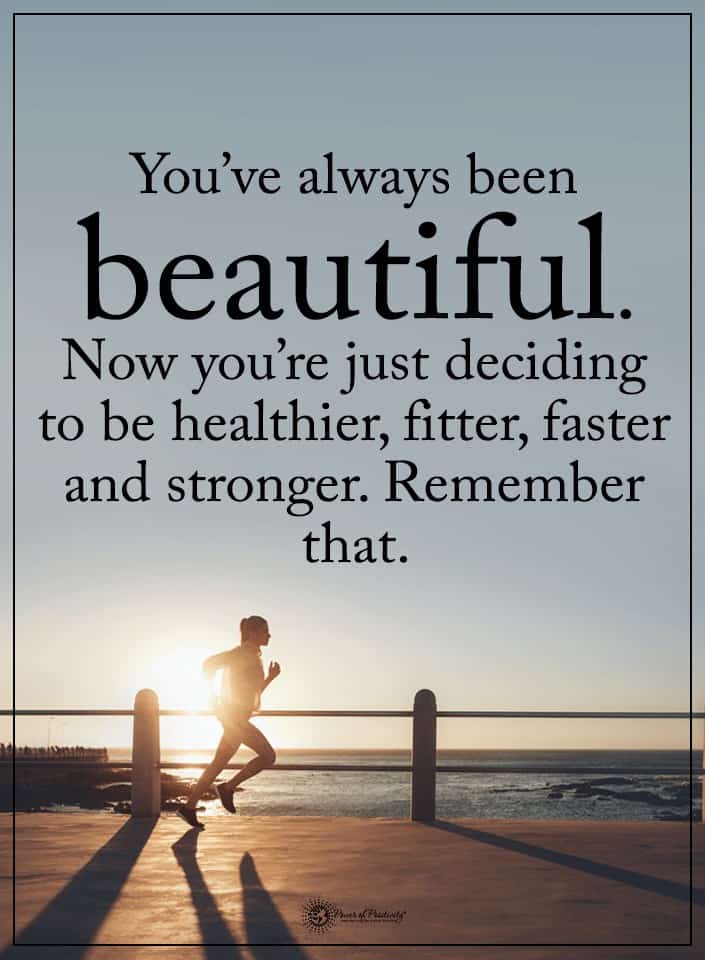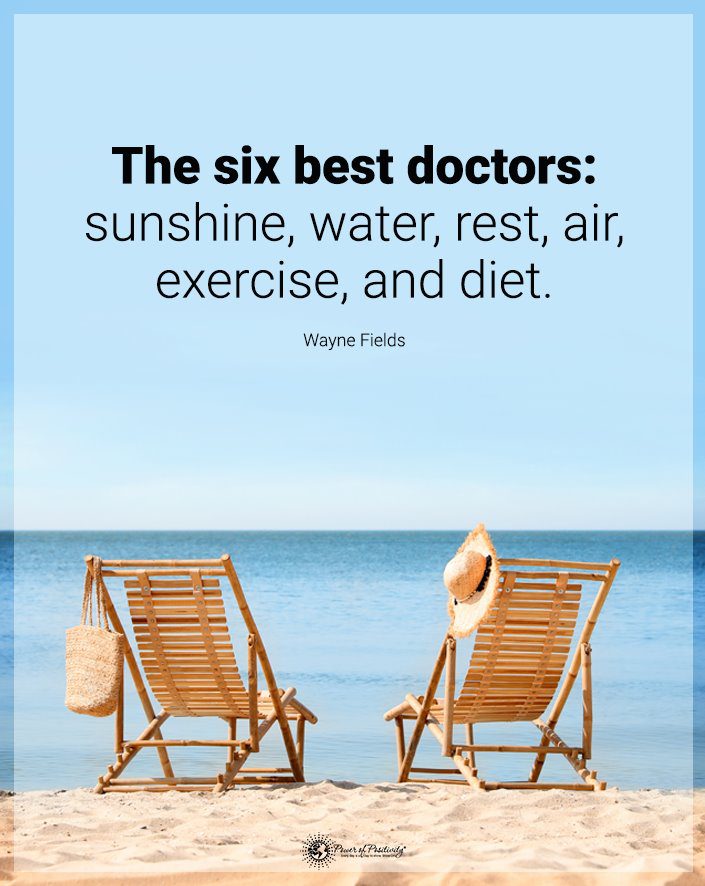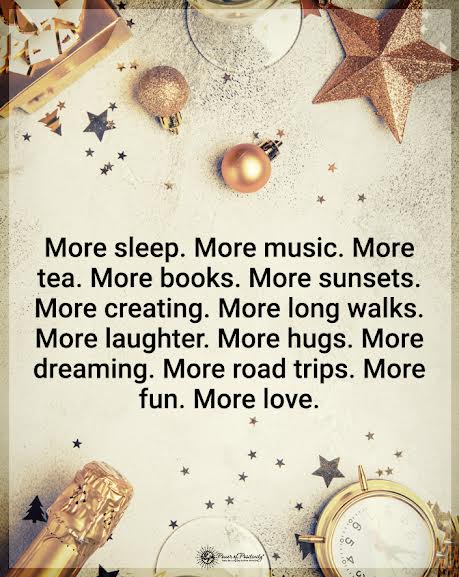Do you often enjoy a leisurely walk after eating? Your habit of post-dinner walking might be better for your well-being than you had realized. In fact, science now agrees that even minimal exercise after eating is better than none at all.
A beautiful Chinese proverb says a great journey starts with the first step. You may have noticed the fitness fad of people wearing pedometers to measure their steps. Many medical professionals recommend that most individuals take at least 10,000 steps daily.
So, you’ll find countless fitness enthusiasts chatting about how many steps they need to complete to reach their goals. Maybe you’re one of them and have been counting those steps for a while. Even if you don’t hit the recommended plan, some exercise is better than none.
Carving Out the Time to Get in Some Post-Meal Exercise
Honestly, it’s a lot of work to keep up with the demands of raising a family and working. You wouldn’t be dishonest if you exclaim that you’ve little time to stroll around the block. However, you can make it a routine if you are determined to get your feet moving after every meal.
What if the weather isn’t cooperating with you, and you’ve no desire to be out in a storm? You can take a few steps around the house after eating. Make it a double benefit, and carry a basket to pick up clutter.
If you have a gym membership, you can take advantage of their running courts. For years, people have taken extra steps by walking around the perimeter of their local shopping mall a few times. All that is important is that you get your feet moving, especially after meals.
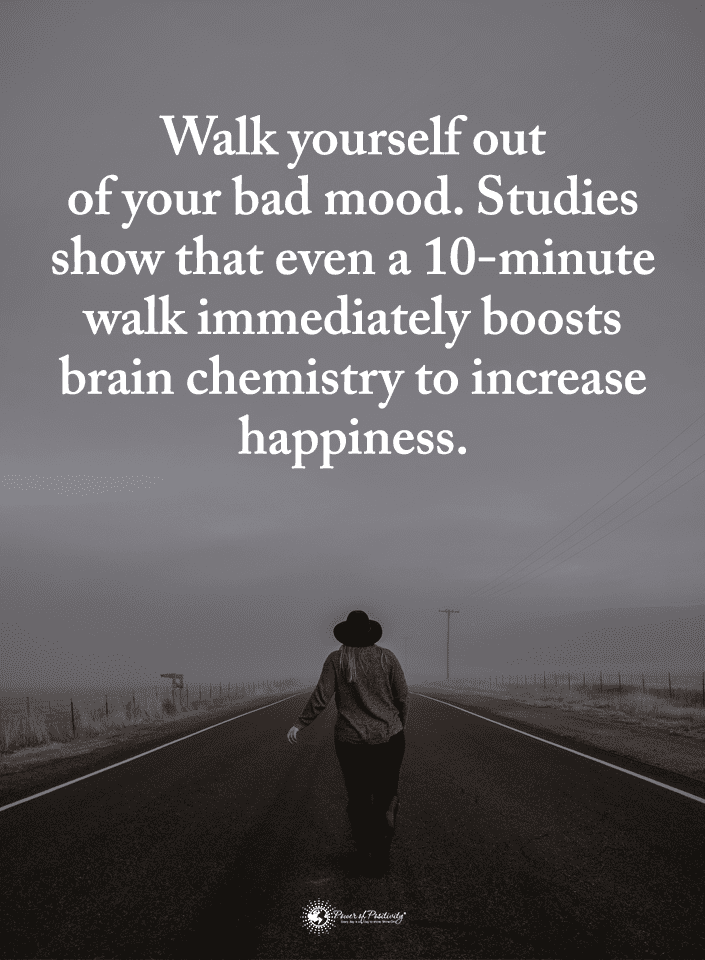
Ten Reasons Why You Should Walk after Eating
Maybe you’re like countless others and go into a slump after eating. If you take an enjoyable stroll instead, you will notice a difference. Here are ten reasons to consider taking a short walk after meals.
1. Walking Improves Your Digestion
As you sit around the table chatting after eating, your body has already started the task of digestion. It’s busy breaking your food into vital nutrients that your body will absorb for energy. If you don’t move around after a meal, the process may be slower, and you’ll soon notice it.
However, taking a walk afterward and getting your body moving can accelerate your digestion. The gentle exercise gives your stomach and intestines a little energy boost. A leisurely after-meal walk can also reduce bloating or lethargy if you’ve eaten more than usual.
2. A Short Walk Boosts Your Mood
Nothing is more satisfying than enjoying a delicious meal with family or friends. Nevertheless, you may feel a bit heavy and tired afterward. Do you know that familiar brain fog after a Thanksgiving turkey dinner and all the trimmings?
An article published by the Harvard School of Medicine states that walking can increase endorphins in your brain. These “feel good” hormones can lift your mood and increase your sense of well-being. Just a fifteen- to twenty-minute stroll around the block can do the trick.
3. Exercise Supports Your Blood Glucose Levels
Your body absorbs glucose, carbohydrates, and other nutrients from the food you eat and turns them into fuel. Think of your body as one of the most complex engines in the universe. Food becomes your fuel to keep your body’s engine running correctly and smoothly.
Glucose, or sugar, is a chemical that energizes your body or is stored in your fat cells for later. Your pancreas secretes insulin into your bloodstream, managing your glucose levels. If your body becomes insulin-resistant due to obesity or other health conditions, you can develop type two diabetes.
Adopting a healthy diet can lower your risks of this dangerous disease. According to an American Diabetes Association study, regular daily walks can help. Twenty minutes a day helped participants reduce their risk of type two diabetes by thirty percent.
If you already have type two diabetes, moving your feet may help manage your condition. An article published by the National Library of Medicine suggests that a short daily stroll may lower your risk factors by 0.2 percent. The best time to consider your journey around the block is right after eating.
4. You’ll Sleep Better After a Walk
Most people don’t have a problem with nearly falling into a coma induced by a calorie-laden meal. Not only do your serotonin levels rise, but your body diverts blood supply to your busy digestive system. The classic results are pleasant drowsiness that gives way to a long post-meal nap in your favorite recliner.
Your food-induced slumber may be satisfying only temporarily. Chances are that your overworked digestive system will cause you problems at bedtime. Symptoms such as heartburn, bloating, and stomach pains aren’t conducive to sleep.
Instead of surrendering to a tempting snooze after eating, why not wander outside and work off extra calories? Walking can increase your serotonin, the sleep hormone’s gateway to melatonin. You can burn fat and calories and enjoy a better night’s sleep.
5. Walking May Improve Your Circulation
Have you noticed how your pulse often races when you’re running? Your brain dumps more adrenaline into your bloodstream as your body moves. Cardio workouts can strengthen your heart and blood vessels and improve your circulation.
Fortunately, you don’t have to run and wear out your knees to reap the same benefits. Quick steps can also raise your pulse and respiration while being kinder to your bones and joints. After eating, those hikes through the woods can increase circulation and benefit your entire body.
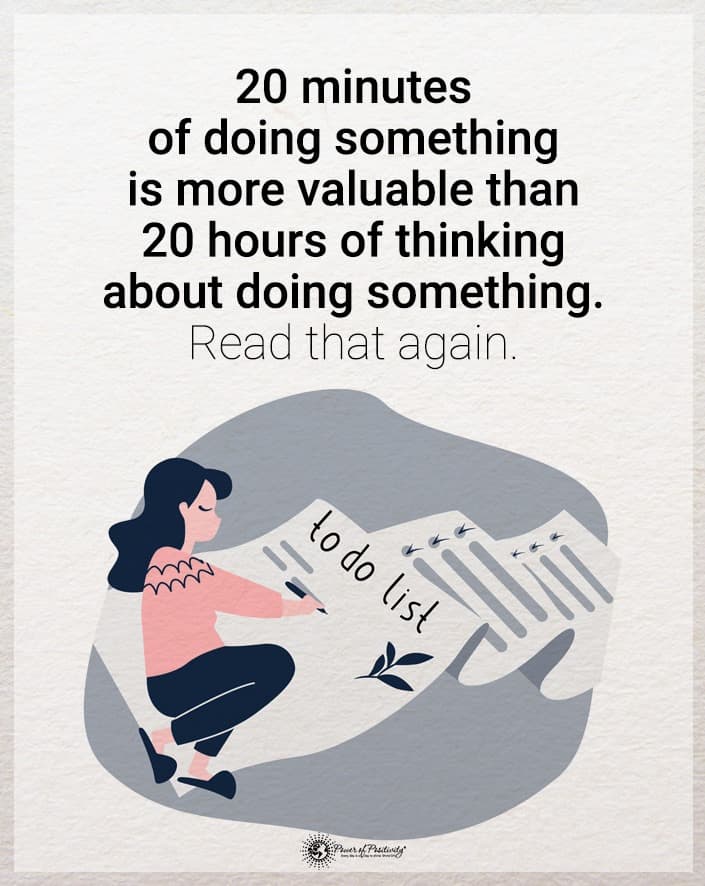
6. Your Body May Burn Some Fat
Unfortunately, many people consume high-calorie meals and snacks and don’t exercise. When you eat more calories than you burn, the excess calories are stored as fatty deposits in your body. Being overweight can lead to obesity, significantly contributing to serious health problems.
Instead of being a couch potato after meals, make a habit of taking a little stroll outside. If you’re already reducing your calorie intake, exercise can create a calorie deficit, which is good. You’ll burn those extra pounds and see a leaner, healthier figure.
7. Boost Your Creativity
When you spend time absorbing the beauty of nature, you can’t help but be inspired. You can’t experience such exhilaration by lounging in front of the television or playing video games. Let Mother Nature inspire your creativity by exploring her colorful landscapes and playful woodland creatures.
If you live in the country, you’re blessed with forests and other natural wonders that make post-meal hikes a pleasure. However, you can still enjoy the great outdoors in the city or suburbs. Take your stroll through a park or any green space that revives your soul with joy and wonder.
8. Spend Quality Time with Family and Friends
Perhaps the only thing more gratifying than an after-dinner stroll is taking it with someone close to you. It’s classically romantic to wander through the woods or in a park holding hands. You can have meaningful conversations and create moments that you’ll never forget.
Why not consider making a post-meal hike a daily routine with your family? Help your youngsters identify trees, insects, or other wildlife they see. Maybe you could start a rock collection or gather interesting shells while wandering on the beach.
Are you tired of experiencing the mid-day slumps after lunch at work? Enlist a fellow employee or two and take a walk around the block. You’ll be energized for the rest of the day and get to know your coworkers better.
9. Walking Helps You Learn Something New
While meandering through the park after a meal, you can use the opportunity to increase your knowledge. Upload an educational podcast to listen to as you go or listen to them live. You can also learn a foreign language and practice with lessons uploaded on your mobile device.
10. Walk to Bond With Your Pet
Your furry friends will adore you even more if you take them for leisurely walks after you eat. Most inside pets crave some time outdoors, especially dogs. Strolling along with you gets them used to a leash and offers socialization with other people.
Canines are creatures of habit, and soon, your pet will anticipate these routine outings with you. Don’t be surprised if they are waiting patiently by the dinner table. Another benefit of frequent outdoor trips is that you’ll see fewer accidents on the floor.

Final Thoughts on Short Walks After Meals
There’s no denying that exercise can benefit you physically, mentally, and spiritually. Simple things like taking a short stroll after meals can have noticeable benefits. You’ll get the exercise your body needs and nourishment for your soul.

